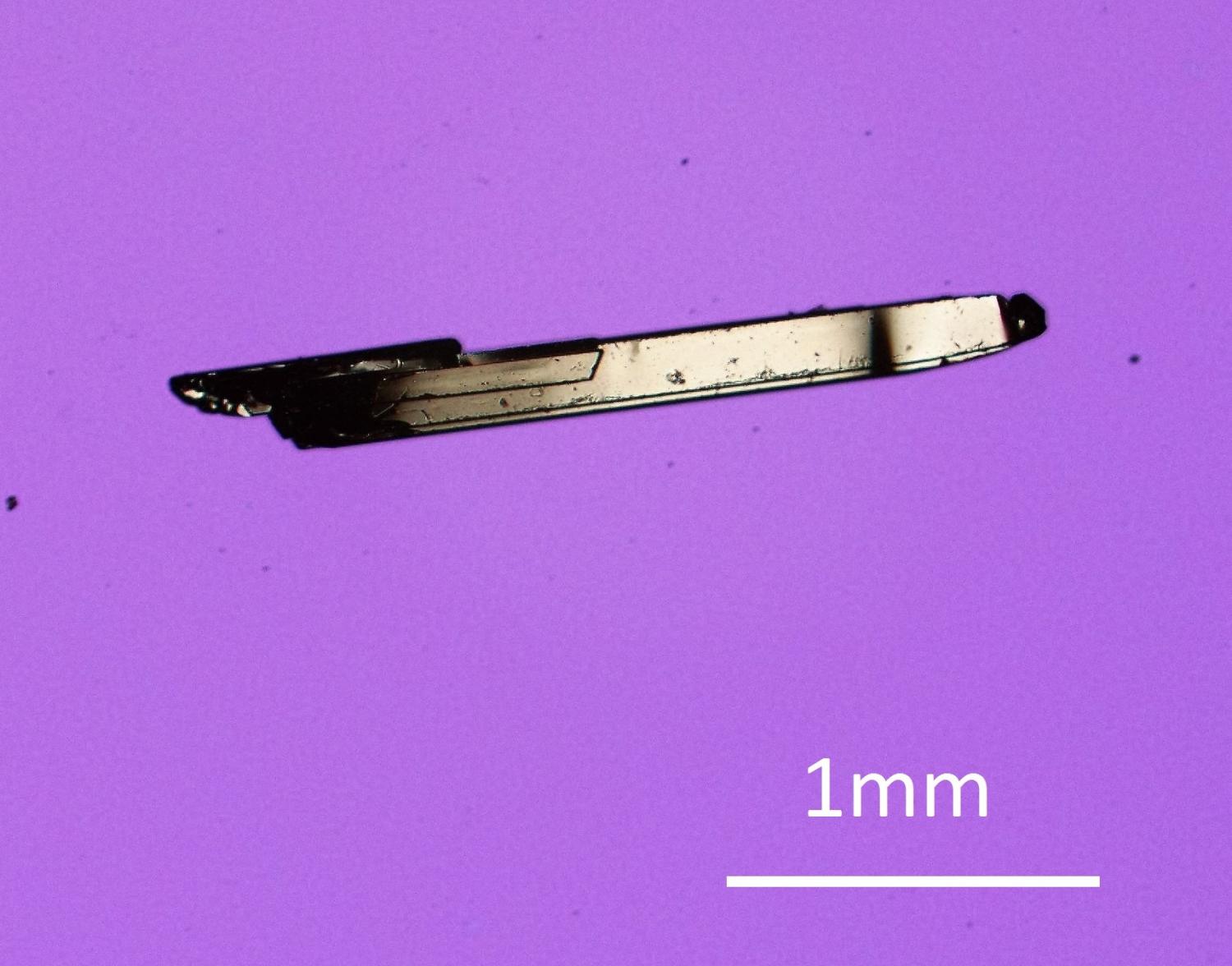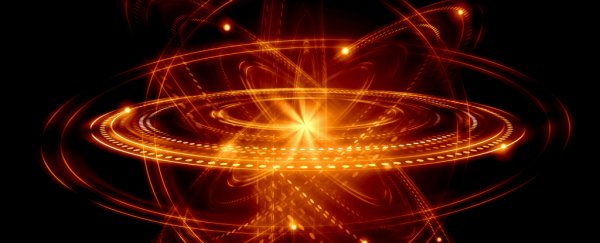Scientists have predicted the existence of an unexpected new particle called the type-II Weyl fermion. It's closely related to the Weyl fermion, which researchers first predicted 85 years ago but only found earlier this year. But no one had ever expected that it might have a cousin, as the new particle appears to defy a lot of universal rules.
The type-II Weyl fermion was predicted when researchers noticed that a metallic crystal material known as tungsten ditelluride was behaving in a strange way. Most metals become insulators when subjected to a magnetic field, while metallic crystals that contain Weyl fermions become super-efficient conductors instead. But the tungsten ditelluride did something else entirely – it becomes either an insulator or a near perfect conductor, depending on the direction of the magnetic field.
When a team of international researchers led by Princeton University investigated what was going on, they predicted that the behaviour was the result of an unexpected new particle, the type-II Weyl fermion. Their research has been published in Nature.
The metallic material that are predicted to contain the type-II Weyl fermions is a condensed matter solid – a class of crystals that researchers call a "material universe" because of the incredible wealth of particles they contain.
 A crystal of tungsten ditelluride. Image: Wudi Wang and N. Phuan Ong, Princeton University
A crystal of tungsten ditelluride. Image: Wudi Wang and N. Phuan Ong, Princeton University
Think of it like this – in the normal Universe, electrons are the elementary particles. But in condensed matter solids, small quasiparticles called Bloch electrons are the elementary particles, and they can also contain all the other possible particles in the Universe.
This means that they effectively become their own unique universe, in which scientists can cheaply and easily experiment with particles. In fact, it was in one of these condensed matter crystals that the regular Weyl fermion was also discovered back in July.
But if the existence of the Weyl fermion was predicted 85 years ago, then how come these type-II Weyl fermions were such a surprise? It turns out that the new particle was never predicted by physicist Hermann Weyl during the development of quantum theory, because it violates a fundamental rule known as Lorentz symmetry.
That would be a problem in the our regular Universe, which is described by a combination of quantum mechanics and Einstein's theory of relativity, called the relativistic quantum field theory.
But the Princeton researchers began to question if this might not be an issue inside the condensed material.
"One's imagination can go further and wonder whether particles that are unknown to relativistic quantum field theory can arise in condensed matter," said lead research Andrei Bernevig.
And that's exactly what they found, with the team discovering that the presence of the type-II Weyl fermion could explain the behaviour of the material.
"The researchers found that while relativistic theory only allows a single species of Weyl fermions to exist," explains Princeton University. "[But] in condensed matter solids two physically distinct Weyl fermions are possible."
The researchers are now making more tungsten ditelluride in the lab to try to directly detect this new fermion, and they're also looking for it inside other condensed matter crystals.
If it's officially discovered, it would be a big deal for technology – just like the Weyl fermion, the type-II Weyl fermion can conduct current incredibly quickly, so it could lead to way more efficient electronics. But, even better, it can also quickly change into an insulator under the right conditions.
But forget about the practical applications for a second, because the physicists, are way more excited about what this means for the potential of even more new particles hiding inside these 'material universes'.
"Even more intriguing is the perspective of finding more 'elementary' particles in other condensed matter systems," they said. "What kind of other particles can be hidden in the infinite variety of material universes? The large variety of emergent fermions in these materials has only begun to be unraveled."
